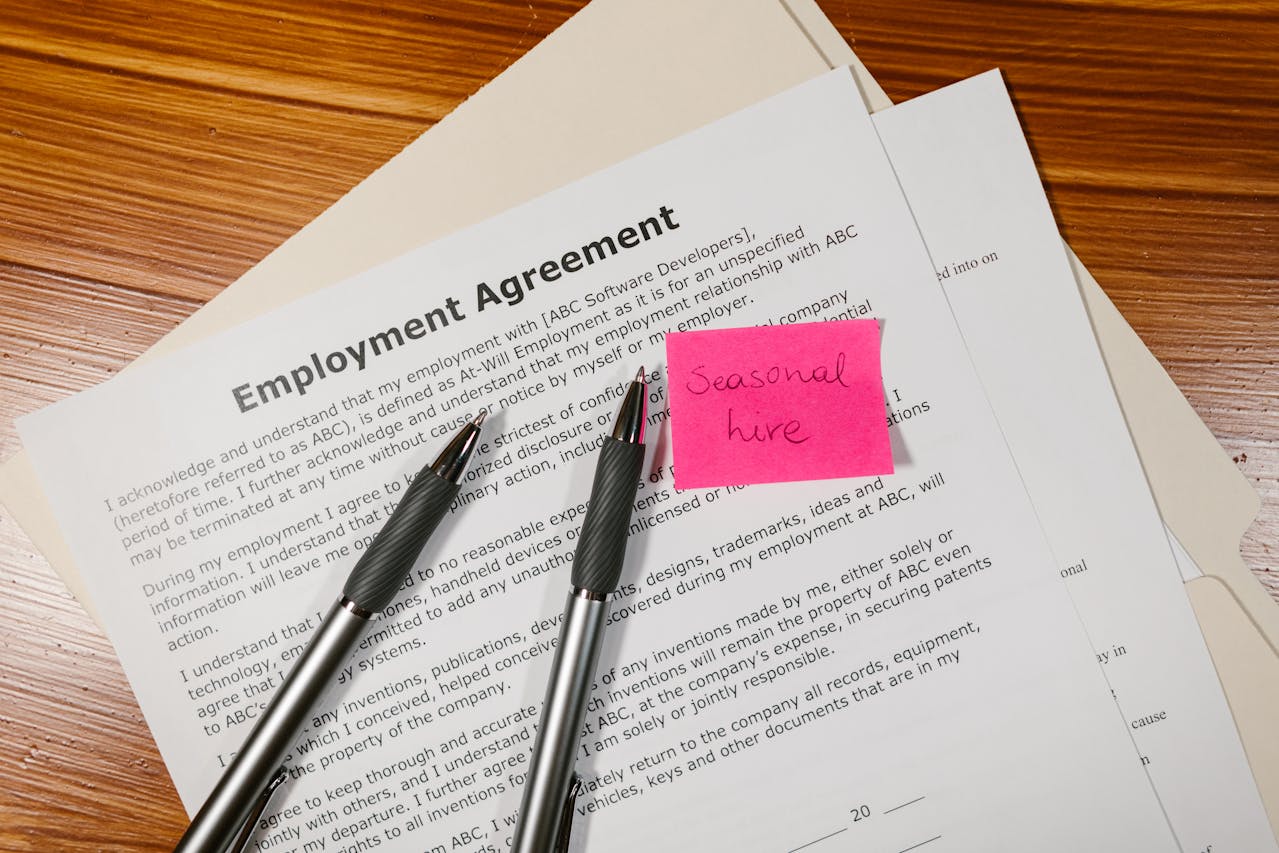Hiring temporary workers or seasonal workers can be a lifesaver during busy times, but it also comes with unique challenges—especially when it comes to safety training. According to HSI Chief Safety Officer Jill James, temporary workers are 50% more likely to be seriously injured or killed on the job than their full-time counterparts. That’s a sobering statistic and a wake-up call for employers everywhere.
If you’re an employer working with seasonal or temporary staff, allow us to walk you through why safety training matters, how to implement it effectively, and the benefits it brings to both your workers and your business.
Why Safety Training for Seasonal Workers Is Essential
It’s easy to assume that temporary employees will “pick things up” as they go or rely on common sense to stay safe. However, skipping or skimping on safety training can lead to costly mistakes and, more importantly, serious injuries. Legally, as the controlling employer, you are obligated to provide safety training to anyone working on your site. Beyond legal requirements, training shows employees that they are valued, which improves morale and retention. Seasonal workers who feel prepared are more likely to return for future seasons, reducing hiring costs.
How to Build a Safety Training Program for Seasonal Workers
Every seasonal worker, whether new or returning, should begin with a comprehensive orientation. A mix of lectures, videos, and interactive sessions ensures workers have a solid understanding of their responsibilities. After orientation, training should be tailored to each worker’s role. This means focusing on the specific equipment, safety hazards, and duties they will encounter on the job.
Technology can also be a powerful ally in delivering effective safety training. Collaboration across departments further enhances the training process, ensuring it is relevant, accurate, and aligned with day-to-day operations. Beyond classroom learning, practical application is key. Allowing workers to practice operating equipment and responding to safety scenarios under supervision helps solidify their understanding and boosts confidence.
Overcoming Common Challenges
One common challenge is the perception that there isn’t enough time for training. While it might feel like a luxury you can’t afford during busy seasons, think of it as an investment. Spending a few hours on training can save weeks of downtime and thousands in costs from accidents or lost productivity.
Another common misconception is that temporary workers don’t need extensive training because they’re only on the job briefly. However, regardless of their tenure, every worker deserves to go home safely at the end of the day. Thorough training not only protects them but also demonstrates your commitment to their well-being, increasing their loyalty and morale.
Take Action Today
Investing in seasonal worker safety isn’t just about compliance—it’s about fostering a workplace culture where everyone feels valued and protected. By taking the time to properly train your seasonal workforce, you’re building a safer, more productive environment for everyone. Let’s keep our workplaces safe, productive, and welcoming for all.




